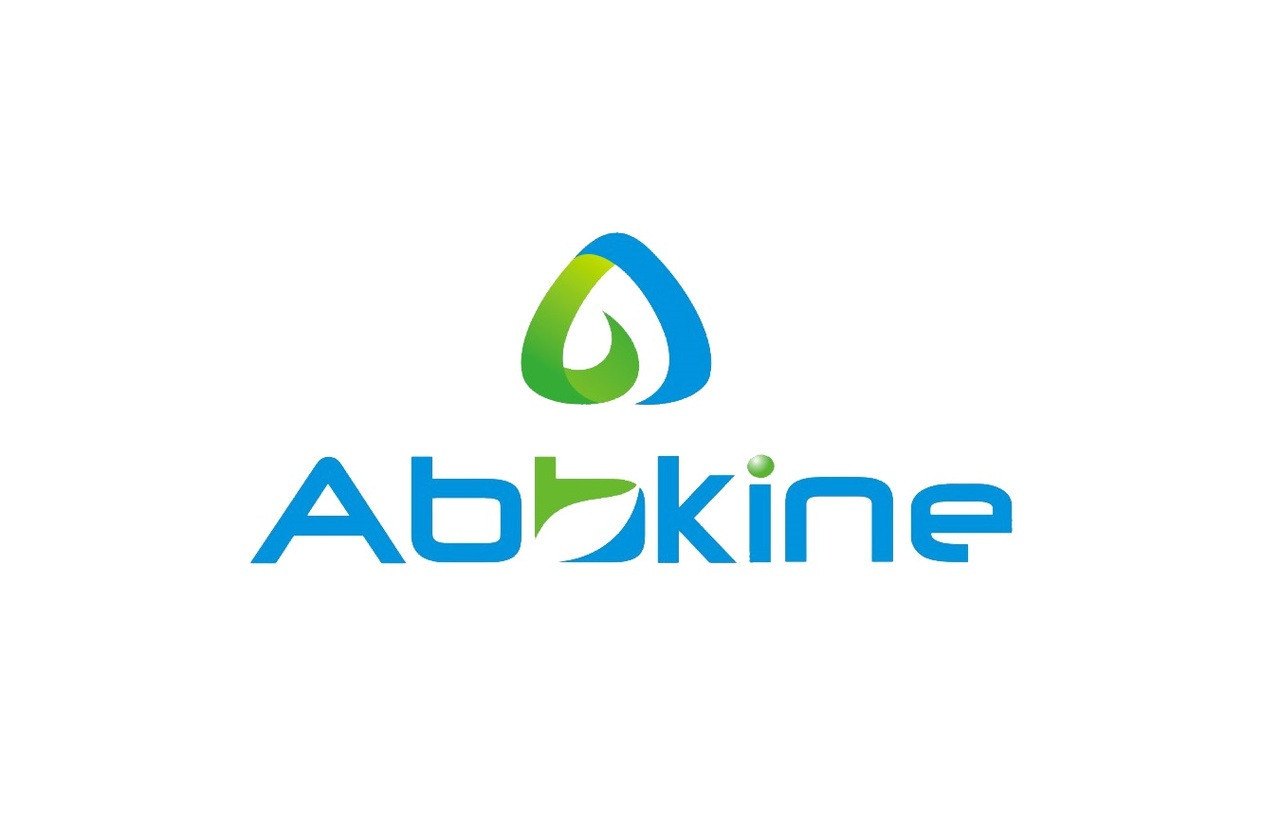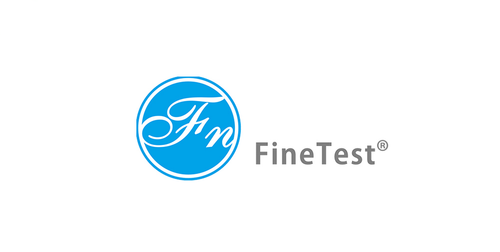Product Description
Rat Platelet activating factor (PAF) ELISA Kit | KTE100501 | Abbkine
Application: This Rat Platelet activating factor (PAF) ELISA Kit employs a two-site sandwich ELISA to quantitate PAF in samples. An antibody specific for PAF has been pre-coated onto a microplate. Standards and samples are pipetted into the wells and anyPAF present is bound by the immobilized antibody. After removing any unbound substances, a biotin-conjugated antibody specific for PAF is added to the wells. After washing, Streptavidin conjugated Horseradish Peroxidase (HRP) is added to the wells. Following a wash to remove any unbound avidin-enzyme reagent, a substrate solution is added to the wells and color develops in proportion to the amount of PAF bound in the initial step. The color development is stopped and the intensity of the color is measured.
Detection Method: Colorimetric
Conjugate: N/A
Sample Type: Cell culture supernatants#Serum#Plasma#Other biological fluids
Assay Type: Multiple steps standard sandwich ELISA assay with a working time of 3-5 hours. It depends on the experience of the operation person.
Kit Component: • Rat Platelet activating factor microplate
• Rat Platelet activating factor standard
• Rat Platelet activating factor detect antibody
• Streptavidin-HRP
• Standard diluent
• Assay buffer
• HRP substrate
• Stop solution
• Wash buffer
• Plate covers
Features & Benefits: Rat Platelet activating factor (PAF) ELISA Kit has high sensitivity and excellent specificity for detection of Rat PAF. No significant cross-reactivity or interference between Rat PAF and analogues was observed.
Calibration Range: Please inquire
Limit Of Detection: Please inquire
Usage Note: • Do not mix components from different kit lots or use reagents beyond the kit expiration date.
• Allow all reagents to warm to room temperature for at least 30 minutes before opening.
• Pre-rinse the pipet tip with reagent, use fresh pipet tips for each sample, standard and reagent to avoid contamination.
• Unused wells must be kept desiccated at 4 °C in the sealed bag provided.
• Mix Thoroughly is very important for the result. It is recommended using low frequency oscillator or slight hand shaking every 10 minutes.
• It is recommended that all samples and standards be assayed in duplicate or triplicate.
Storage Instruction: The unopened kit should be stored at 2 - 8°C. After opening, please store refer to protocols.
Shipping: Gel pack with blue ice.
Precaution The product listed herein is for research use only and is not intended for use in human or clinical diagnosis. Suggested applications of our products are not recommendations to use our products in violation of any patent or as a license. We cannot be responsible for patent infringements or other violations that may occur with the use of this product.
Background: Platelet-activating factor is a potent phospholipid activator and mediator of many leukocyte functions, including platelet aggregation, inflammation, and anaphylaxis.It is produced in response to specific stimuli by a variety of cell types, including neutrophils, basophils, platelets, and endothelial cells.Several molecular species of platelet-activating factor have been identified which vary in the length of the O-alkyl side chain.It is an important mediator of bronchoconstriction.It causes platelets to aggregate and blood vessels to dilate. Thus it is important to the process of hemostasis. At a concentration of 10^-12 M, PAF causes life threatening inflammation of the airways to induce asthma like symptoms.Toxins such as fragments of destroyed bacteria induce the synthesis of PAF, which causes a drop in blood pressure and reduced volume of blood pumped by the heart, which leads to shock and maybe death.
Alternative Names: PAF
Search name: PAF
Tag: PAF
 Euro
Euro
 USD
USD
 British Pound
British Pound
 NULL
NULL








